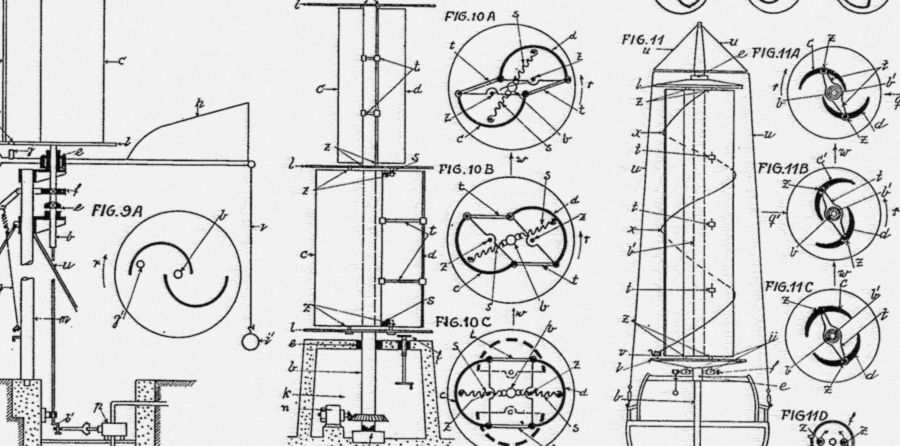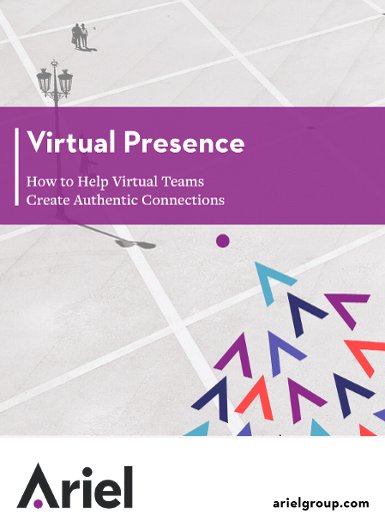5 Common Mistakes in Writing Technical Documents

You may have all the enthusiasm in the world for your software or medical device, but you don’t have to inundate your reader with information.
As most of us know, being knowledgeable is one thing, but conveying that knowledge to other people is a different story. This is a common problem in many high-tech companies; highly skilled people have difficulty sharing their expertise in writing. Technical writing workshops can turn this around by teaching planning and preparation tools that help people avoid costly mistakes. The most critical problems are listed below.
Mistake 1: Writing before thinking
A common mistake: starting to write before you plan your document or even think about who the audience is. Take a minute to focus on your readers. Who are they? What do they know about the topic at hand? What motivates them? How do you best get them to take action? If you are a technical engineer, you are going to address a fellow PhD differently from an everyday consumer. Make sure you use the right language.
Mistake 2: Providing too much detail
Ever been to a cocktail party and met a person who insists on overwhelming you with 1,000 facts about fly fishing? Did he lose you within 5 seconds? (After all, you are only vaguely familiar with the topic and frankly, not particularly interested.) Make sure you don’t treat your readers this way!
You may have all the enthusiasm in the world for your software or medical device, but you don’t have to inundate your reader with information. Ask yourself: How much do my readers know about my topic? How much information do they really need? By putting yourself in your readers’ shoes, you avoid coming off as an expert who is just a little too eager to show off your knowledge.
Mistake 3: Being too vague
Imagine you are going into a department store, looking for some kitchen utensils. In front of you is a sign indicating exactly where to find what in that maze of a store. Helpful, right? Use that same technique in your document: label your document with specific and clear headings. “General information” is not a very helpful headline, but “2016 changes to design specs” is.
Mistake 4: Using the passive voice
Typically, we want our readers to act, whether it is to buy a product or solve a problem. This should be reflected in your writing style. Documents where the passive voice dominates—“The report was written by Elaine,” or “A second satellite office was approved by the Board,” or “The glitch was fixed by Nizar”—are perceived as stilted, formal, and less action-oriented. Strive to use the active voice as often as possible.
As a rule of thumb, aim for active voice in 90% of your document. Just remember to show who carries out the action:
Elaine wrote the report.
Nizar fixed the glitch.
Mistake 5: Confused sequencing
Think about the kind of document you like to read. Isn’t it nice when it follows a logical flow and has clear headlines? When very early on you are introduced to how it will be structured? Reading becomes effortless, almost pleasurable. Other readers like this, too. So make sure that they can trace your headlined topics back to your introduction or executive summary.
Remember, good preparation and planning are the keys to any successful writing. You eliminate the back-and-forth queries and editing that those sloppy documents call for, and end up saving a lot of time. Technical writing training helps skilled people convey their knowledge in a reader-centered way. By following a few simple steps, you will be producing quality documents that drive action in no time.
This blog originally appeared on this site.
